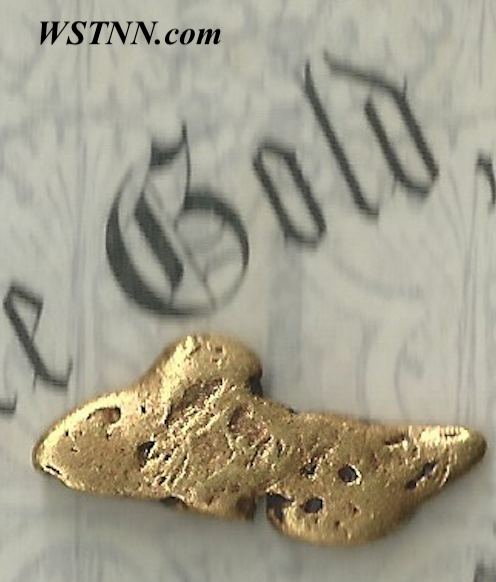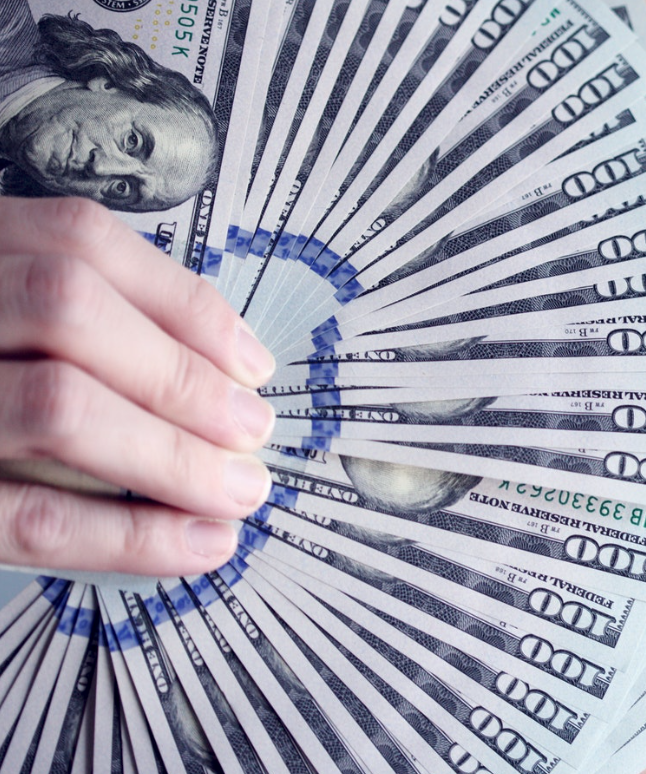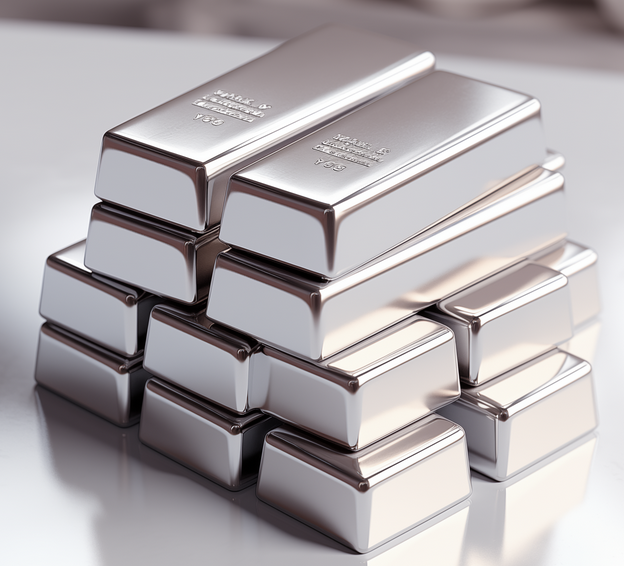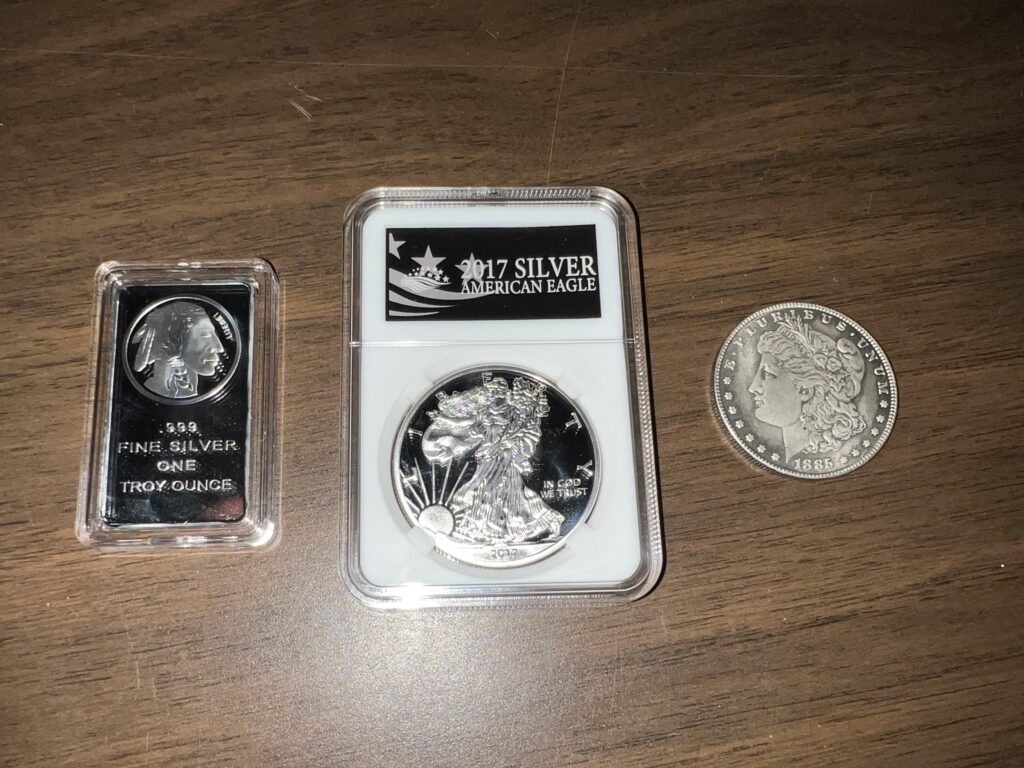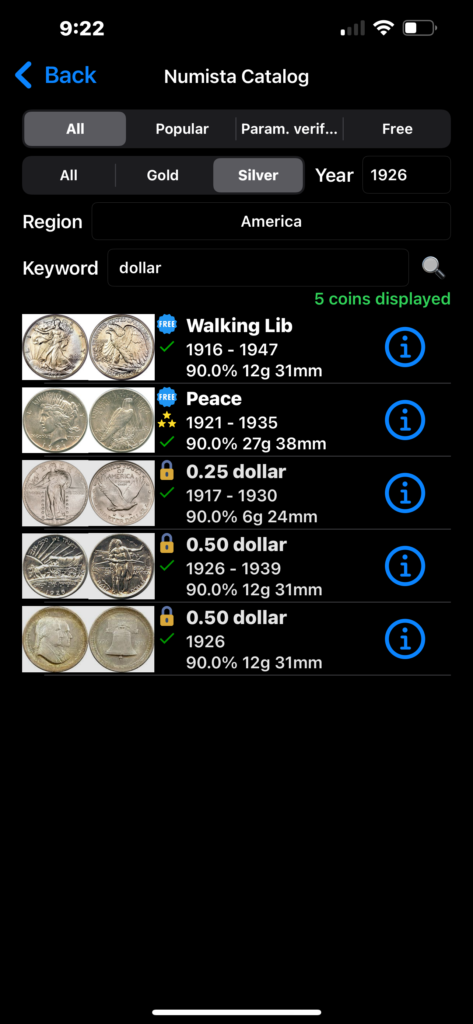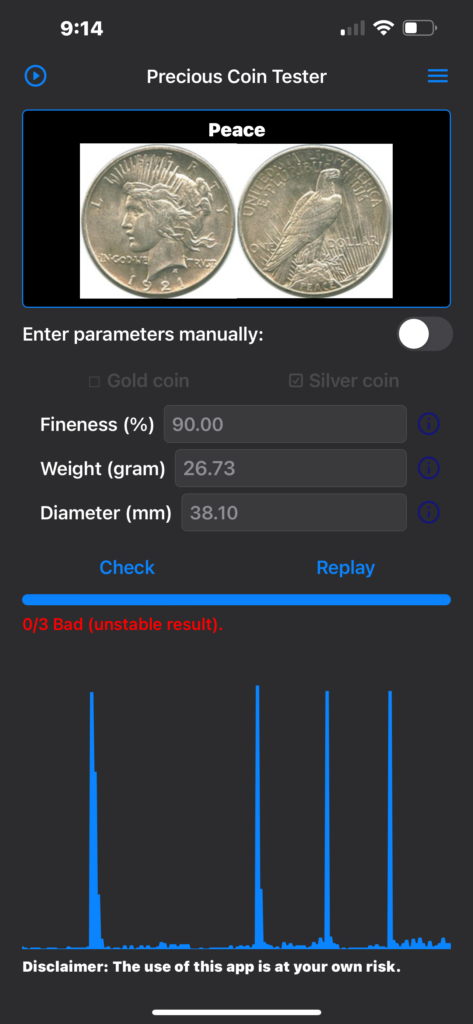A couple weeks ago, we posted an article about silver as an investment. Now it’s time for gold.
Gold has captivated humanity for millennia, with its allure dating back to ancient civilizations. As shiny nuggets were first discovered, gold quickly became a symbol of wealth and power. The scarcity and distinctive properties of gold made it highly prized. This led to the adoption of gold as currency by various cultures across the globe. Gold played a crucial role in shaping economies and trade networks, facilitating commerce and influencing political dynamics.
The California Gold Rush of the mid-19th century marked a pivotal moment in gold’s history. The discovery of gold nuggets at Sutter’s Mill in 1848 sparked a large migration to the American West, drawing people from all walks of life in search of fortune. The influx of prospectors fueled rapid economic growth and transformed California into a growing economy.
Gold is often regarded as a hedge against inflation due to its historical track record of preserving wealth during times of economic uncertainty. When inflation rises, the purchasing power of fiat currencies decreases. This leads investors to seek assets that can retain their value. Gold has demonstrated its ability to act as a store of value over centuries, making it a popular choice for investors looking to protect their wealth from the devastating effects of inflation.
During periods of high inflation, the price of gold tends to increase as investors flock to it as a safe haven asset. Gold’s scarcity and tangible nature contribute to its appeal as a hedge against inflation. Unlike fiat currencies, which can be subject to manipulation by central banks. The gold supply is limited, providing a natural defense against currency devaluation. Additionally, gold has inherent value and is not reliant on the performance of financial markets, making it a reliable hedge during times of economic turbulence.
Gold’s status as a globally recognized currency adds to its appeal as an inflation hedge. This universal acceptance of gold allows its liquidity as a hedge against inflation in various economic environments. Central banks and institutional investors often allocate a portion of their portfolios to gold to mitigate the effects of inflation and safeguard their wealth over the long term.
Some of the major U.S. gold mining companies are:
| Company | Company Symbol | Price to Book | PEG | PE | Price to Sales | Forward PE | Yield |
| Coeur Mining Inc | CDE | 1.7 | NA | na | 2.2 | 16.26 | 0 |
| i-80 Gold Corp | IAUX | 0.89 | NA | NA | 7.24 | NA | 0 |
| Newmont Corp | NEM | 1.55 | 0.79 | NA | 3.82 | 14.48 | 2.56% |
| Novagold Resources Inc. | NG | 25.84 | NA | NA | NA | NA | 0.00% |
| Royal Gold, Inc. | RGLD | 2.79 | 7.49 | 33.69 | 13.32 | 22.46 | 1.32% |
| SSR Mining Inc | SSRM | 0.32 | NA | NA | 0.76 | 15.5 | 5.45% |
Throughout history, gold has retained its status as a safe haven asset and a hedge against economic uncertainty. Its value surged during times of crisis, such as wars, financial crises, and geopolitical tensions. In the modern era, gold continues to play a crucial role in investment portfolios and central bank reserves, providing stability in volatile markets. Its timeless appeal as a store of value ensures that gold remains a cornerstone of global finance and culture.
Stay ahead of the game and subscribe to our newsletter now to unlock the hottest investment opportunities!
Disclosure: Author had no positions in any of the above at the time the article was written.

